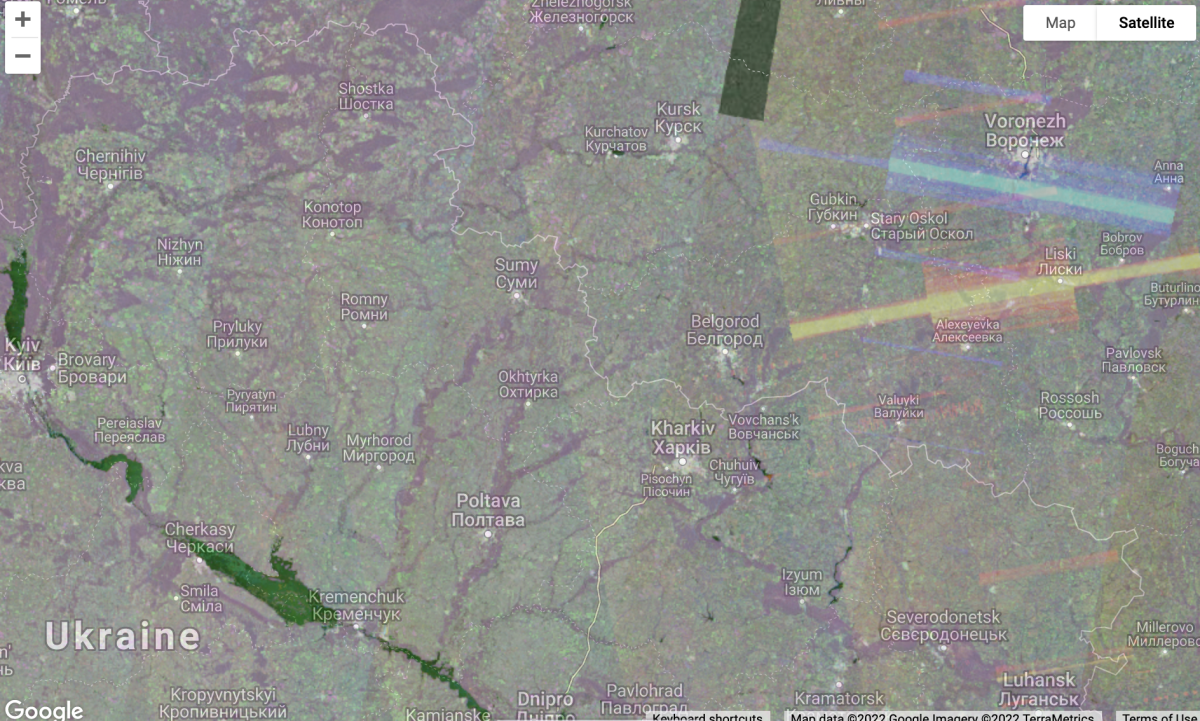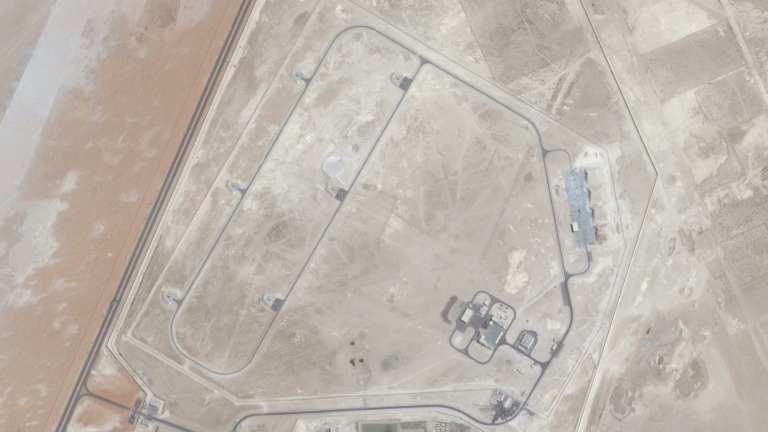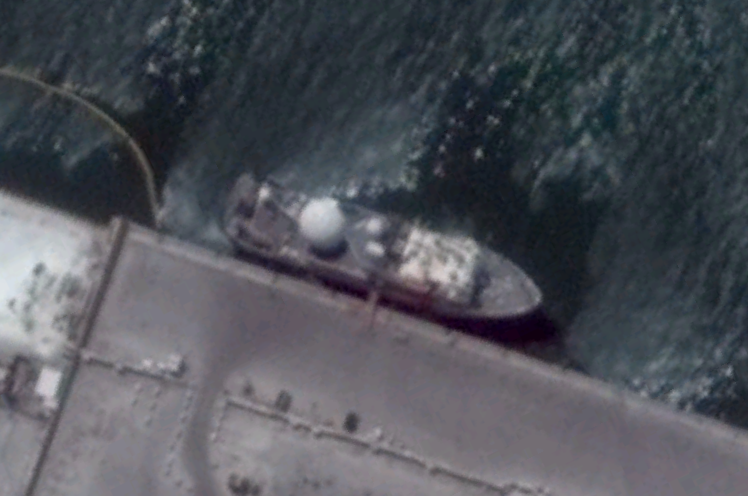Russia Jumped S-300 from Hvardiyske Airbase
Last year after the Crimean parliament declared its independence from Ukraine on 17 March, Russia moved two units of S-300PM (5P85Ts) to the Hvardiyske Air Base. Four days later, satellite imagery from 21 March confirmed the move.
Previously, Russia had employed this tactic with the former Georgian enclave of Abkhazia. Space snapshots of the breakaway region show the S-300 units still deployed to the territory but in prepared firing positions. Likewise with Ukraine, it’s expected that units in expeditionary sites will probably transition to more permanent ones. In fact, they may already have.
Available commercial imagery suggests the S-300PMs at Hvardiyske were jumped sometime between late 2014 and early 2015. Space snapshots from April confirmed that the equipment was no longer at the airbase. Luckily, it’s not too difficult to guess where they might be headed.
Imagery of Sevastopol shows that the former Ukraine S-300 position located at 44°32’39″N 33°25’58″E had a Russian S-300PM unit in residence as early as February 2015. Sevastopol is home to Russia’s strategically important Black Sea Fleet.
It is currently unknown if this is a new unit deployed from Russia or if it’s one of the batteries jumped from Hvardiyske — though the latter seems likely. The Russian press however did report further S-300 moving into the Crimea in December 2014. They were reportedly moved in response to NATO’s increased presence in the region.
Additional movement was also noted less than three miles to the east at another former Ukrainian S-300 site. A 64N6 Big Bird long range surveillance radar, capable of detecting over 300 aerial targets, was positioned at 44°31’17″N 33°29’04″E. Likewise, imagery from February 2015 confirmed the deployment. Previously, Hvardiyske also had a Big Bird on site.
The Big Bird was also accompanied by some friends. At least three short range Pantsir-S1s (or SA-22s) were also visible on imagery acquired in February. The SA-22s provide point defense around strategic military targets.
The latest imagery from September 2015 continues to confirm the new deployment locations.
The S-300 is a highly capable surface-to-air missile system first deployed by the Soviet Union in 1979. The system is often compared with the U.S.-built Patriot missile defense system. The latest variant, the S-3000PM2, was developed in the mid-1990s as a direct competitor to Raytheon’s Patriot PAC-2/3s.
For Russia, putting S-300 in territory where it’s deployed allows it to control the skies enabling the targeting of aircraft up to 200 km away—assuming Russia employs the 48N6D missiles. With the redeployment to the coast, units can acquire targets further out into the Black Sea.
While we’re still looking for updated imagery in order to find the other jumped unit, here’s a list of known S-300 surface-to-air missile sites on the Crimea that could play host to the battery.
| Lat | Long | Link |
| 45.41894 | 32.54614 | GE link |
| 45.00943 | 35.36738 | GE link |
| 45.04473 | 36.22617 | GE link |
| 45.11765 | 36.35951 | GE link |
| 44.49358 | 33.55508 | GE link |
| 45.08266 | 33.57164 | GE link |
| 45.25965 | 33.15300 | GE link |
| 45.42208 | 33.04304 | GE link |
| 44.70805 | 33.55332 | GE link |
| 45.01047 | 35.39747 | GE link |
| 44.52177 | 33.48563 | GE link |
| 44.59545 | 33.42948 | GE link |
| 44.68888 | 34.42476 | GE link |
Please feel free to drop any hints of potential locations in the comments below.
![DG (12SEPT14] Hvardiyske AB](http://www.offiziere.ch/app/uploads-001/2015/11/DG-12SEPT14-Hvardiyske-AB-1024x568.png)



